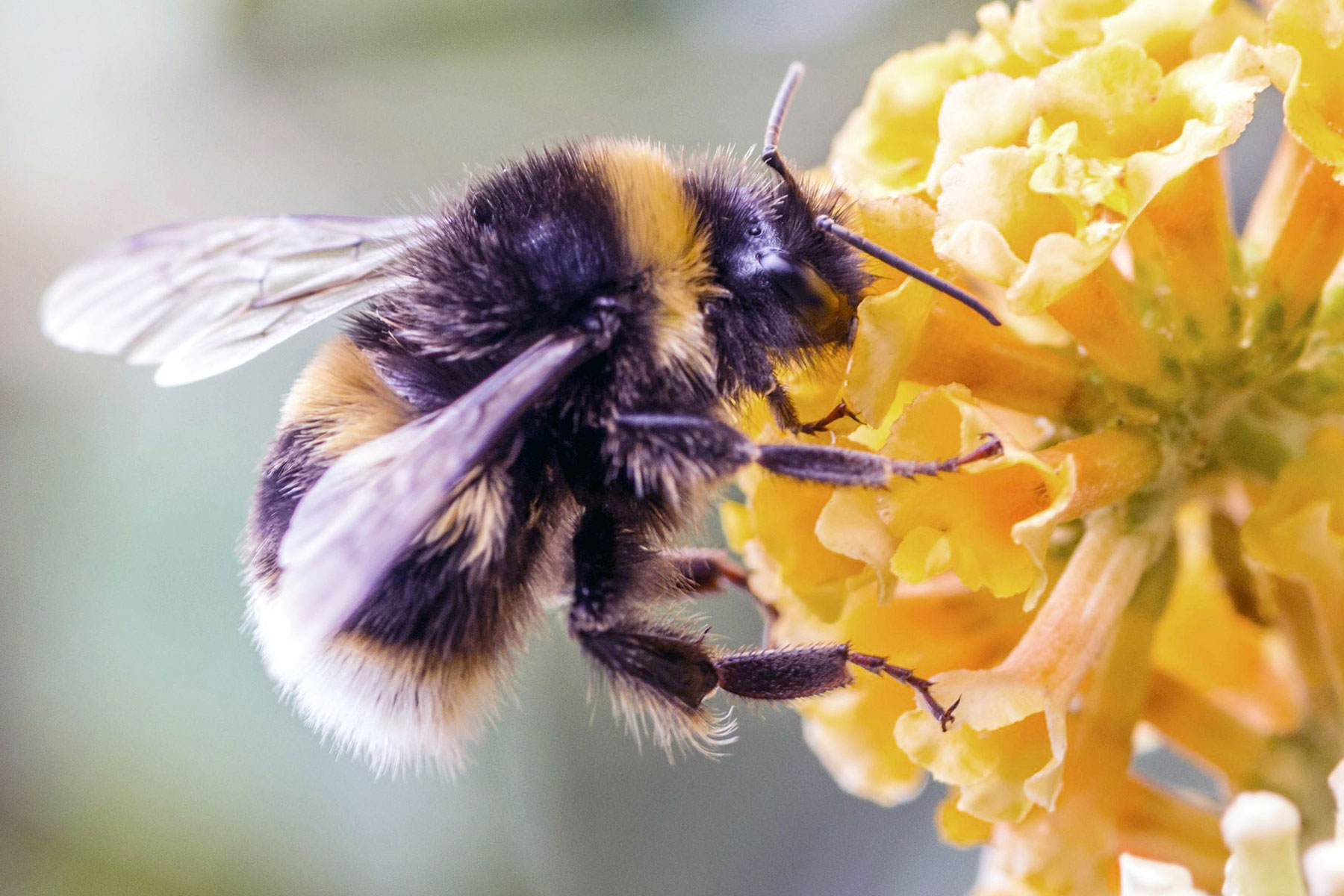

Its queens are described as looking like flying mice. The world’s largest bumblebee is the Bombus dahlbomii of South America.

Dave Goulson, a scientist who founded a conservation trust to support bumblebee populations, has spent his career researching the habits and mannerisms of the humble bumblebee, a life he chronicles in his book about the bug, A Sting in the Tale: My Adventures with Bumblebees. Here are 15 compact facts we learned about bumblebees from Goulson’s adventures in bee research. They’re also very hard to study, as are most animals that are too small to tag and can fly away at any moment. Each flower must be vibrated to ensure pollination.Bumblebees-those fat, fuzzy fliers-are fascinating creatures. Follow all directions, precautions and restrictions that are listed.

Use pesticides only according to the directions on the label. Brand names of pesticides are given as a convenience and are neither an endorsement nor guarantee of the product nor a suggestion that similar products are not effective. This information is supplied with the understanding that no discrimination is intended and no endorsement by the Clemson University Cooperative Extension Service is implied. Providing Leadership in Environmental Entomologyĭepartment of Entomology, Soils, and Plant Sciences, 114 Long Hall, Clemson, SC, 29634-0315, 86 Michael Hood, Extension Entomologist/ Professor, Department of Entomology, Soils, and Plant Sciences, Clemson University This procedure must be applied within 3-4 minutes following the stinging incident to be effective. Leave the salt on the site for several minutes. Mound the salt on the sting entry point and moisten with a few drops of water. A convenient material to place on the sting site is moistened table salt. To reduce swelling following a stinging incident, a person may use several sting remedies. Persons highly sensitive to bee stings should always carry a sting treatment kit during outdoor activities.

Swift movements will only attract more bumble bees. It is best to walk toward dense vegetation or enter a vehicle or building to escape the stinging insects. If a colony is disturbed, a person should slowly walk away with both hands covering the face. A bee veil and hat are highly recommended during summer and fall when doing these activities. This is especially true when mowing fields or trimming weeds around trash or wood piles. Precautions should be taken when working or playing in areas that are likely to be inhabited by bumble bees. A worker bumble bee can sting repeatedly without sacrificing her life. Guard bees stand ready to protect the nest against predators including skunks and man. Safety Precautions Around Wild Bumble Bees Nestsīumble bees are normally harmless when foraging. The overwintering queens emerge the next spring to complete the life cycle. The production of reproductives signals the end of the colony’s life. The successfully mated queens fly to the ground and hibernate 2-5 inches deep in the soil. They leave the nest to take mating flights. The colony produces reproductives (new queens and males) in late summer. The workers enlarge the nest and by midsummer the colony will have 20-100 workers. Nectar is collected and stored in small sac like “honey pots” built from wax and pollen. The adult workers defend the colony, collect pollen and nectar, and feed the larvae. Once the first brood develops, they take over all the colony duties except egg laying. It takes about 21 days to develop from egg to adult. The queen ore pollen and nectar to feed this first brood cycle. The young larvae receive all the fats, minerals, proteins, and vitamins that are necessary for the pollen. After 4-5 days, the eggs hatch into larvae, which begin to feed on the lump of pollen. The solitary queen begins the colony by collecting pollen and forming it into a small lump. Normally, nests are established in an abandoned rodent or bird nest in the ground. These queens are often seen feeding on spring flowers or searching for a suitable nest site. Nests are started in early spring by these solitary, fertilized queens. Bumble bees produce annual colonies in South Carolina. The bumble bee colony us made up of three types of individuals (queen, sexually undeveloped female workers, and males).


 0 kommentar(er)
0 kommentar(er)
